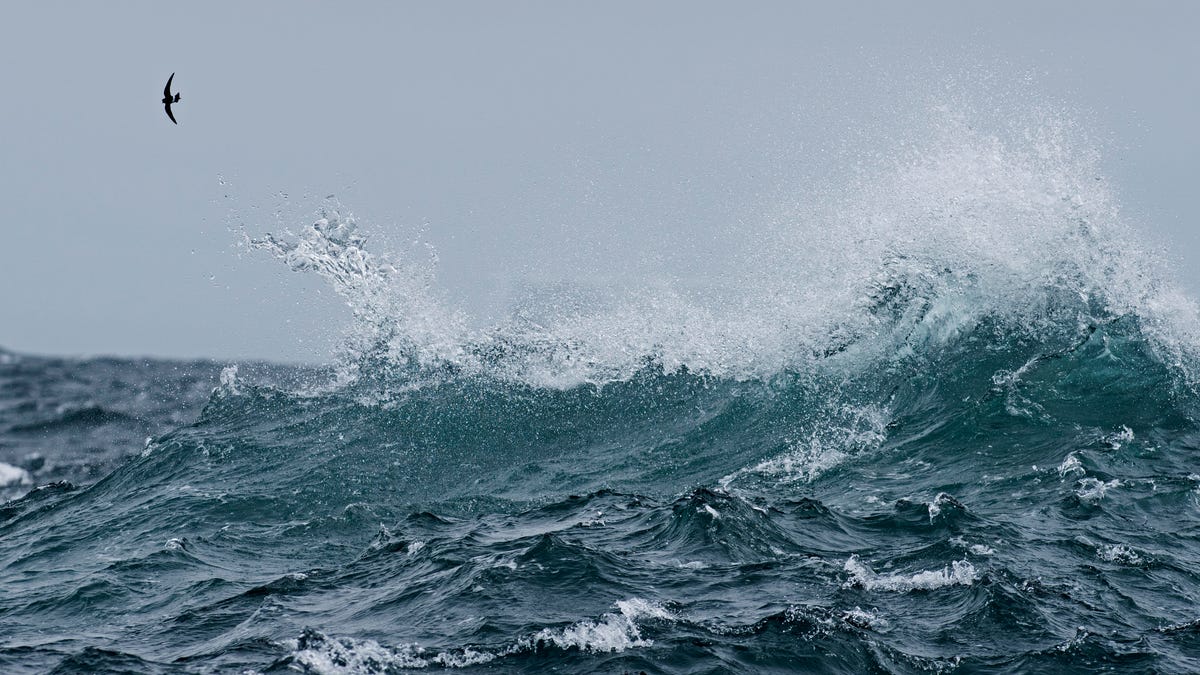The world waves hello to a brand-new ocean
On World Ocean Day, the Southern Ocean is officially recognized by National Geographic's mapmakers. That makes five.

The newly named Southern Ocean is colder and less salty than its northern counterparts.
For the past century, National Geographic magazine has been responsible for mapping the world's oceans: the Indian Ocean, the Pacific Ocean, the Atlantic Ocean and the Arctic Ocean.
These four oceans are one of the first geographical lessons we learn in school. But now, for the first time, the magazine has isolated a new section of the oceans and bestowed its own name upon it.
So, other oceans, say hi to your new sibling: the Southern Ocean. It might be a tighter fit and you'll have to share your toys, but it's ultimately for the best.
So why is the ocean being divided further? It's simple: The water in that particular area is distinct enough that it has warranted its own ecological classification.
The newly named Southern Ocean is enclosed by an incredibly fast-moving current, separating its waters from those of northern counterparts. Known as the Antarctic Circumpolar Current, the flow of the current is rapid and moves from west to east around Antarctica. Within its border, the waters are less salty and considerably colder, helping keep Antarctica at its temperature while transporting warmer waters away.
"Anyone who has been there will struggle to explain what's so mesmerizing about it, but they'll all agree that the glaciers are bluer, the air colder, the mountains more intimidating, and the landscapes more captivating than anywhere else you can go," Seth Sykora-Bodie, a marine scientist at the National Oceanic and Atmospheric Administration, told National Geographic.
Apart from giving schoolchildren something else to remember, the new Southern Ocean's designation is important for the fight against climate change. Knowing more about its waters and the effect that climate change has on Antarctica and its surroundings will be vital.
So next time you're at a trivia night and they ask you to name all the oceans, remember: There are five, not four.

